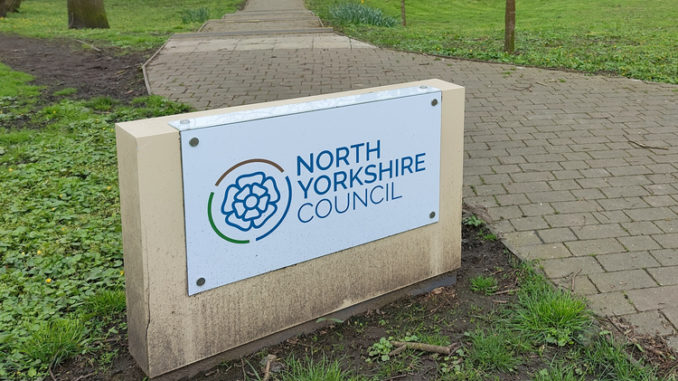
A proposal has been unveiled to convert grade II listed former stables and coach houses at a historic house into holiday cottages.
Will Carter, who owns Langbaurgh Hall, near Great Ayton, is seeking listed building and planning consent from North Yorkshire Council to transform the neighbouring Georgian properties from a house and storage into four holiday lets.
Planning papers lodged with the authority highlight how Langbarugh Hall was occupied by the Richardson family, Quakers who shaped much of Great Ayton’s development and were involved in the launch of the Suffragette movement.
The first petition for Women’s Suffrage, presented to parliament in 1866 was signed by Sarah Richardson who lived at the eight-bedroom hall, which was marketed last year for £2 million.
Other noteable residents of the hall have included Major Clive Dixon who was the area’s first known casualty of the First World War after being killed at the First Battle of Ypres and the Rev George Barkley Raikes, who played football for England in the 1890s.
The application highlighted how the adopted Hambleton Local Plan provides “clear and explicit support” for new business activity in the countryside which makes use of an existing building, as it represents “a sustainable way of supporting the diversification of the rural economy without detracting from the character of the countryside”.
It adds the development blueprint states how accommodation has a very important role to play in supporting tourist-related attractions and activities.
The application states: “Although the district contains a range of visitor
accommodation, from camping and caravan sites and self-catering accommodation to bed and breakfast establishments and small hotels, there is scope to increase this range in terms of size, quality and type.”
The papers conclude: “The works associated with the conversion of the mews do not result in any significant change to the character of the building.
“Careful attention has been paid to window styling and only a small number of new windows are required to facilitate the conversion. Externally the proposals involve two windows and two doors being inserted in the same style as those already in place, with no loss of architectural significance occurring as a result of the scheme.”


Be the first to comment